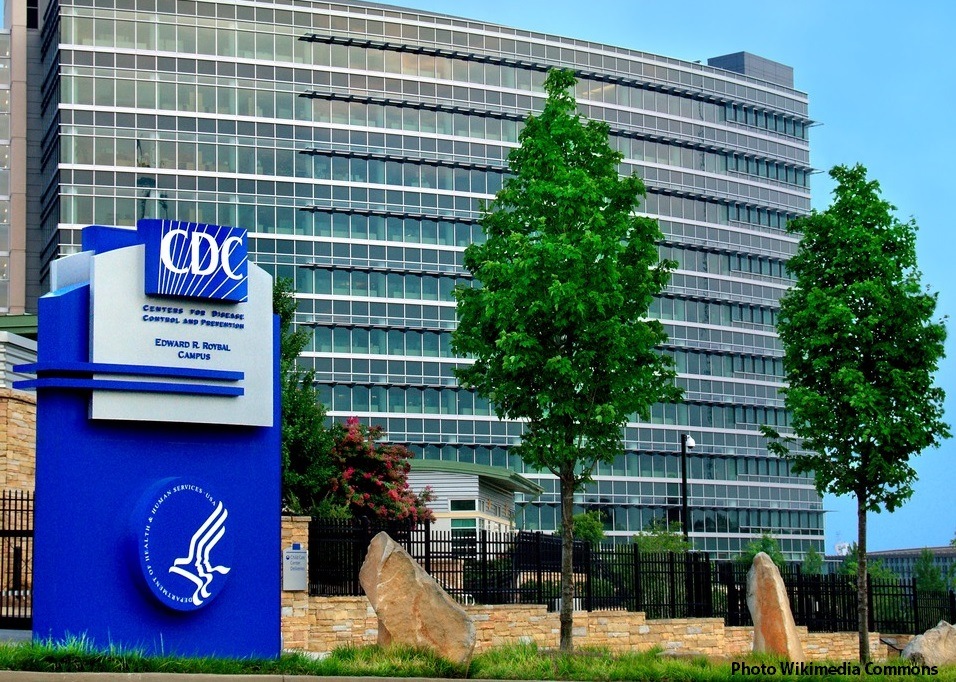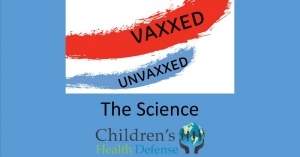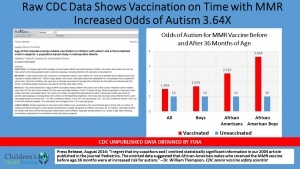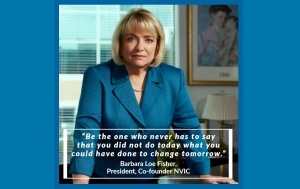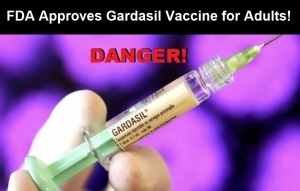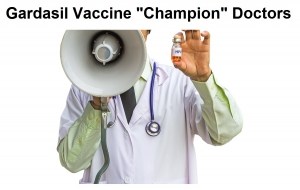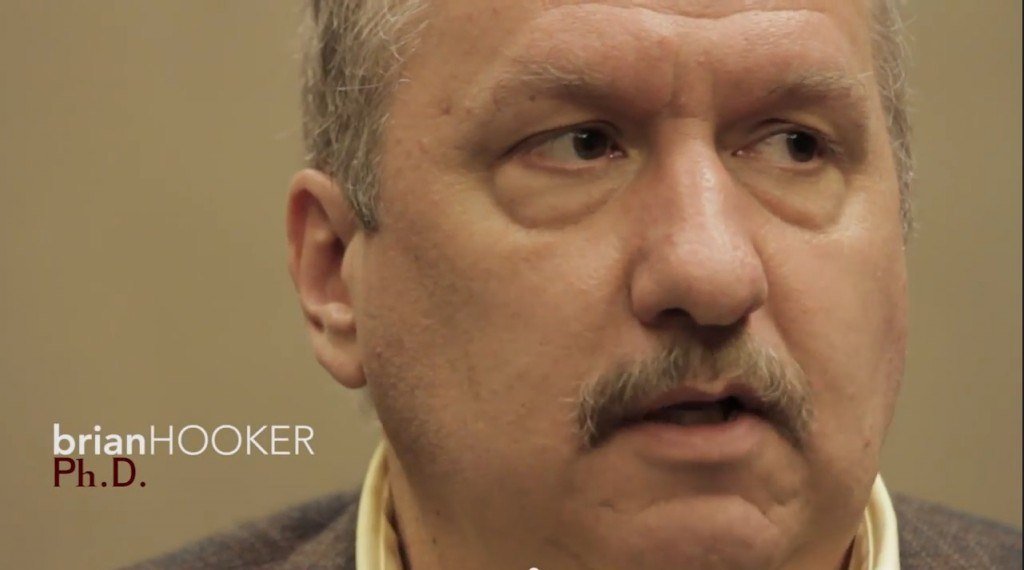Government Watchdog and Public Interest Groups to CDC: Stop Falsely Claiming Not to Accept Corporate Money
Public health, government watchdog and public interest groups today petitioned the Centers for Disease Control and Prevention (CDC) to cease making false disclaimers that it “does not accept commercial support” and has “no financial interests or other relationships with the manufacturers of commercial products.” The CDC makes such disclaimers hundreds of times in its publications and on its website, despite that the National Foundation for the Centers for Disease Control and Prevention has accepted for it nearly $80 million from drug companies and other commercial manufacturers during fiscal years 2014-2018. The petition states: “These claims may be comforting to consumers and health professionals, but both are indisputably false.” Groups endorsing the petition include Knowledge Ecology International, Liberty Coalition, Project on Government Oversight, Public Citizen and U.S. Right to Know. “It’s time for the CDC to be truthful with health professionals and all Americans, and to stop denying that it takes corporate money,” said Gary Ruskin, co-director of U.S. Right to Know. “The CDC is violating the public trust by misleading us in this way.”




